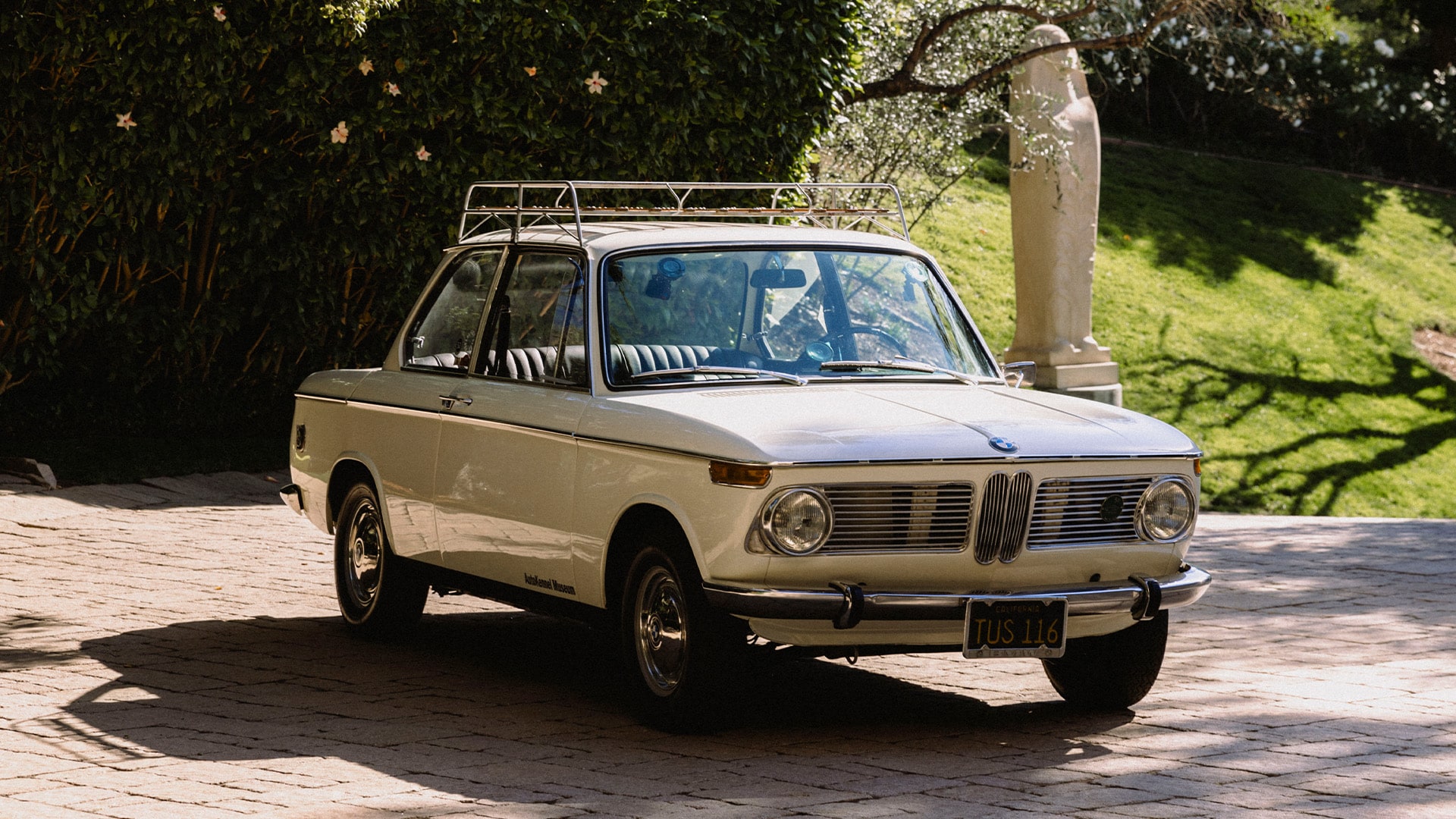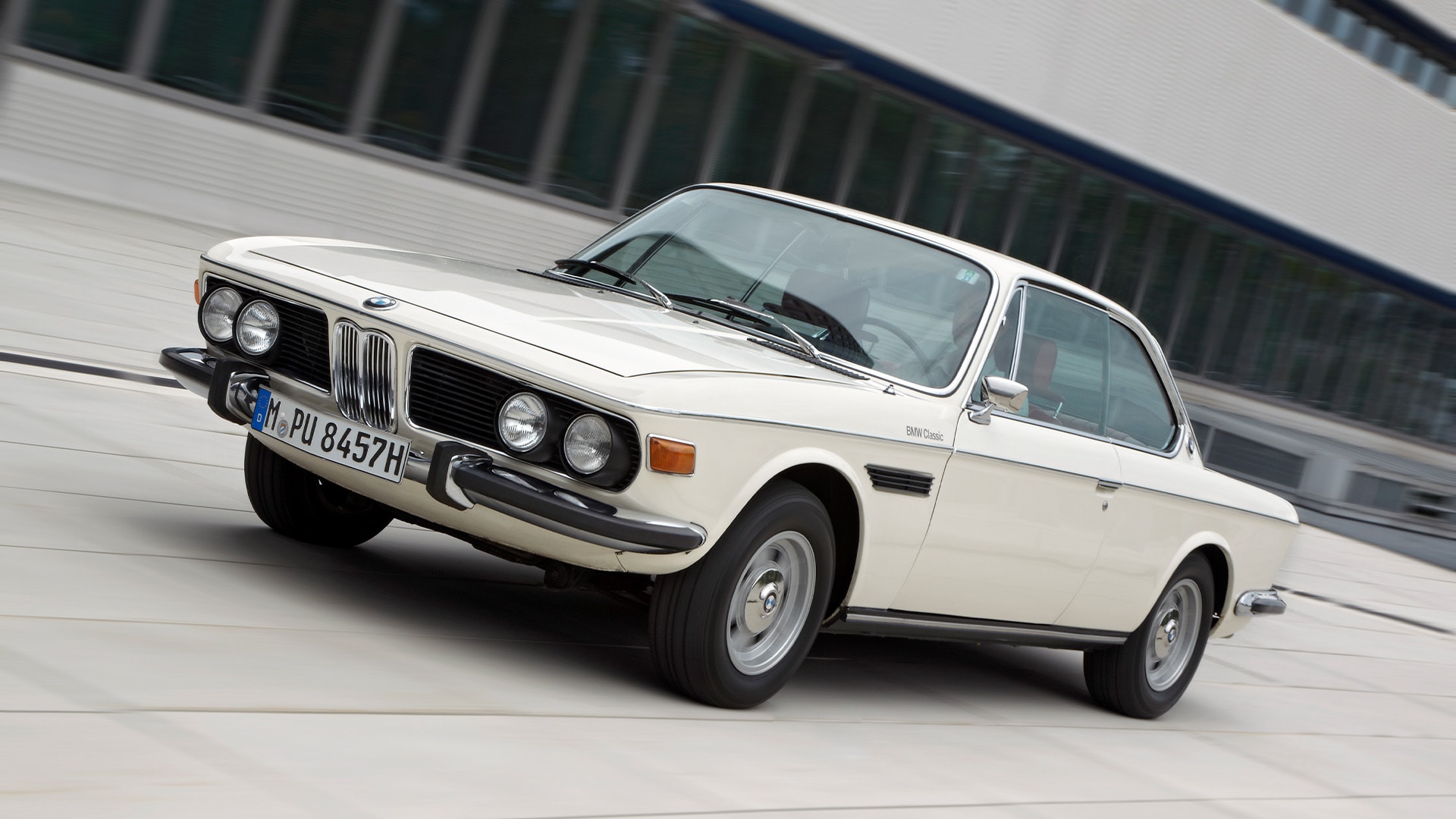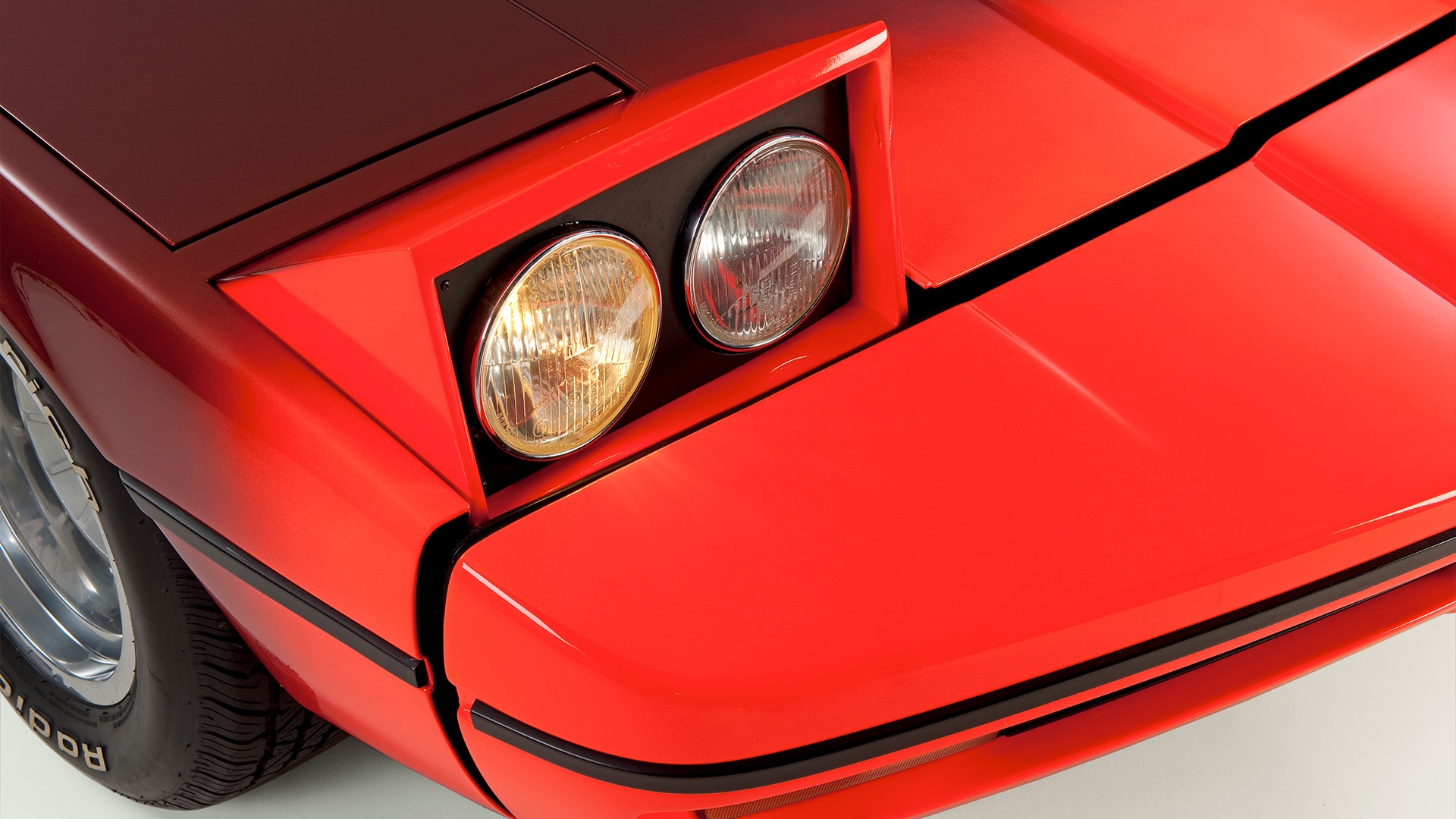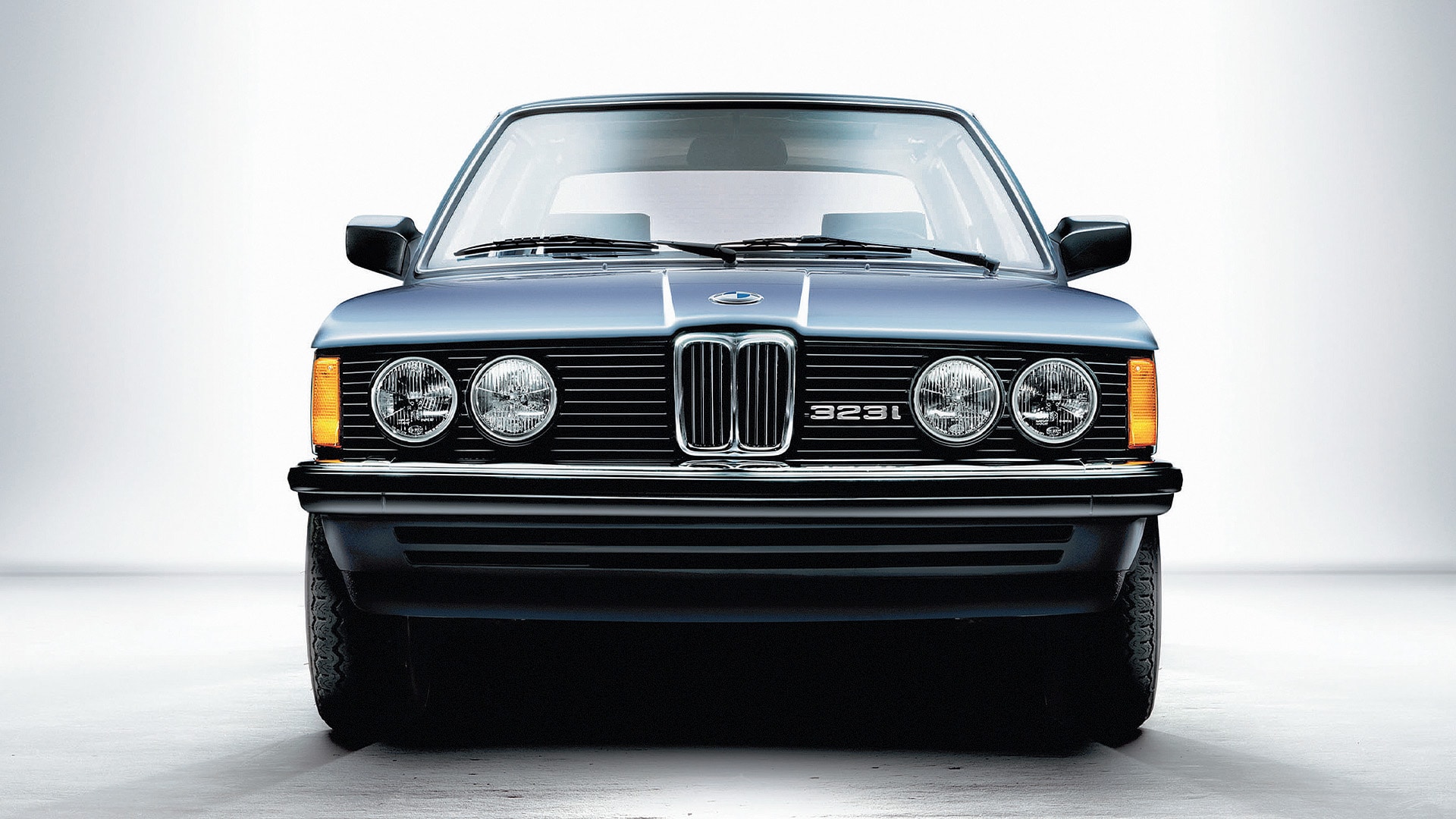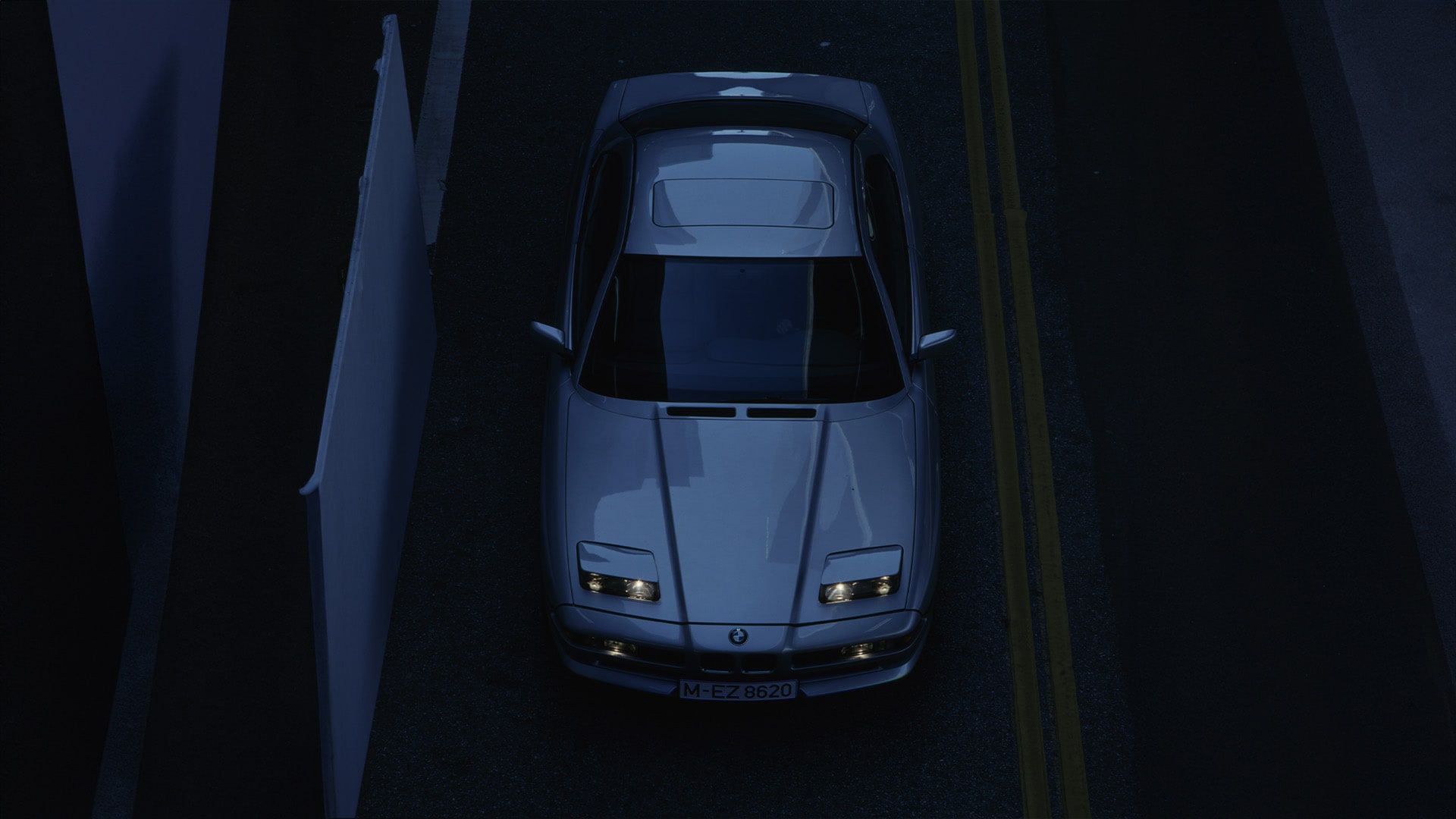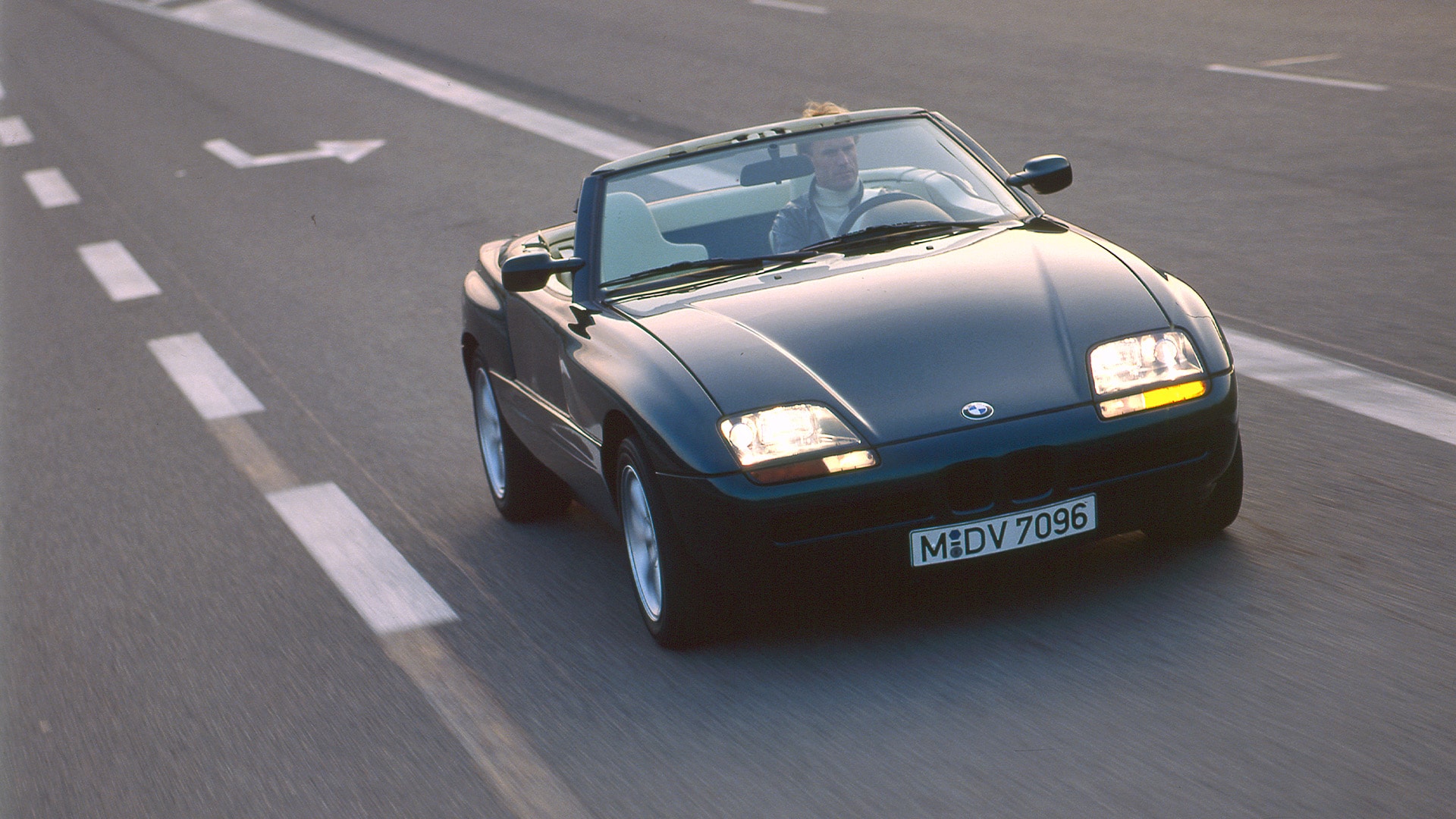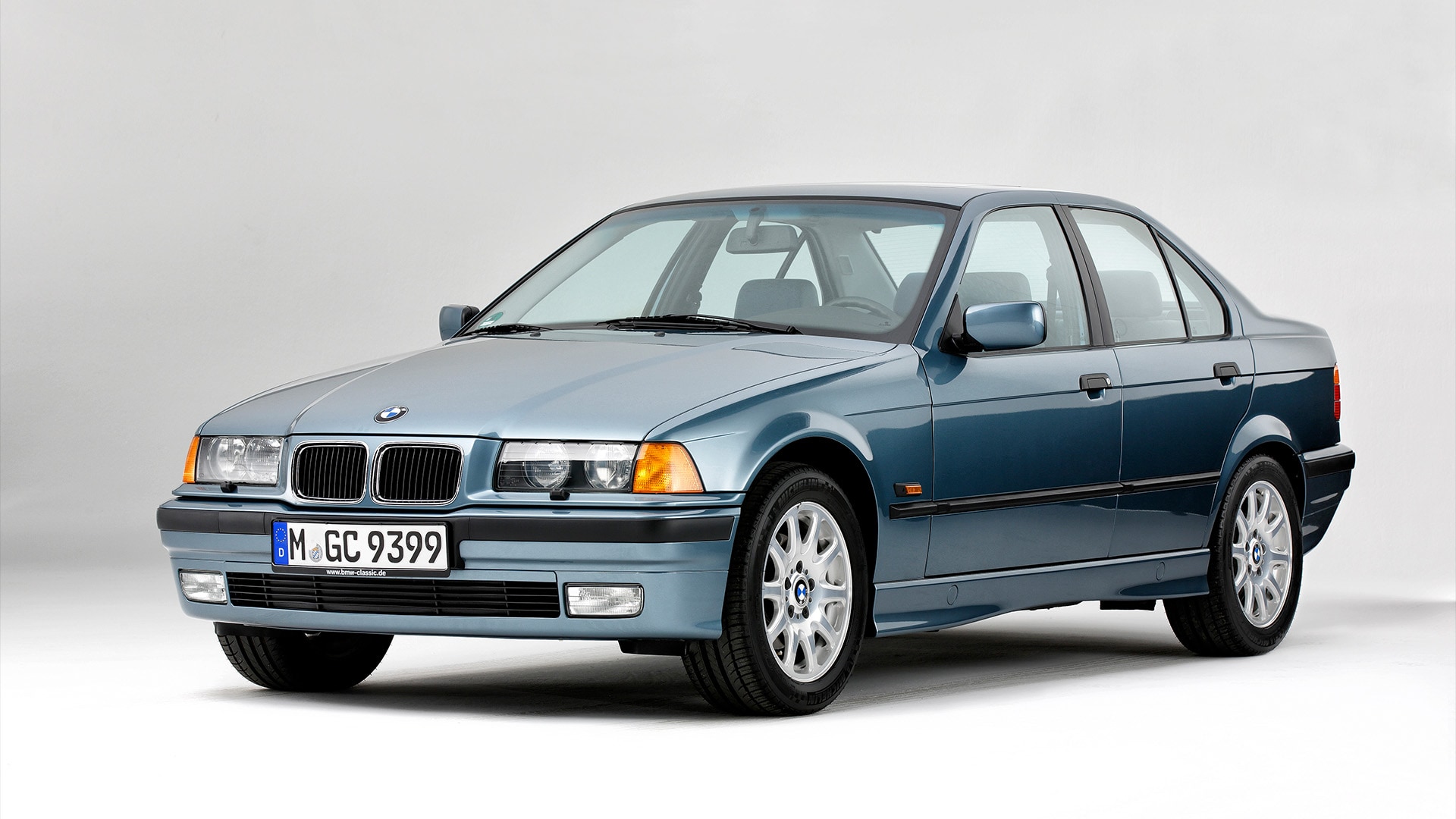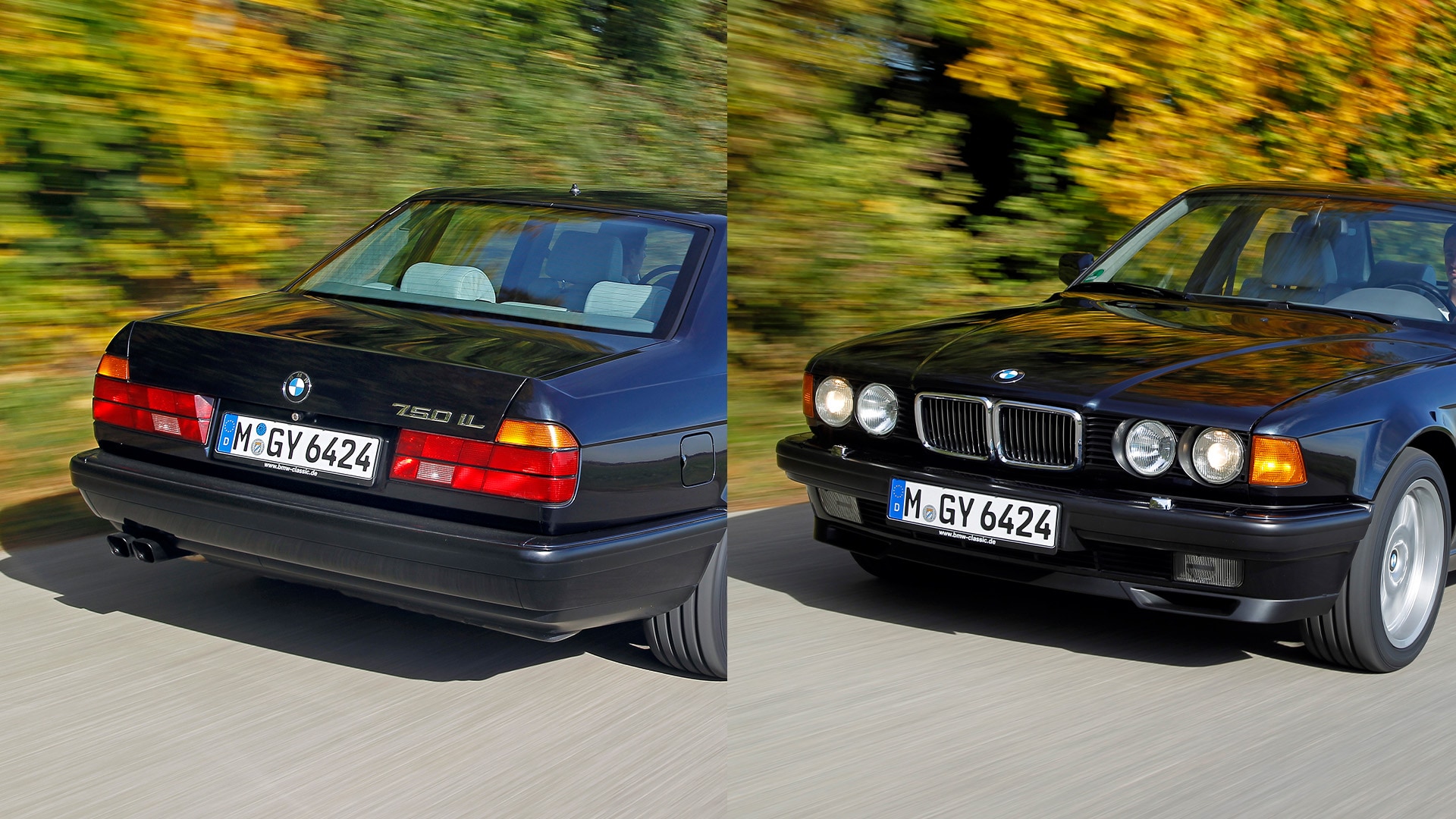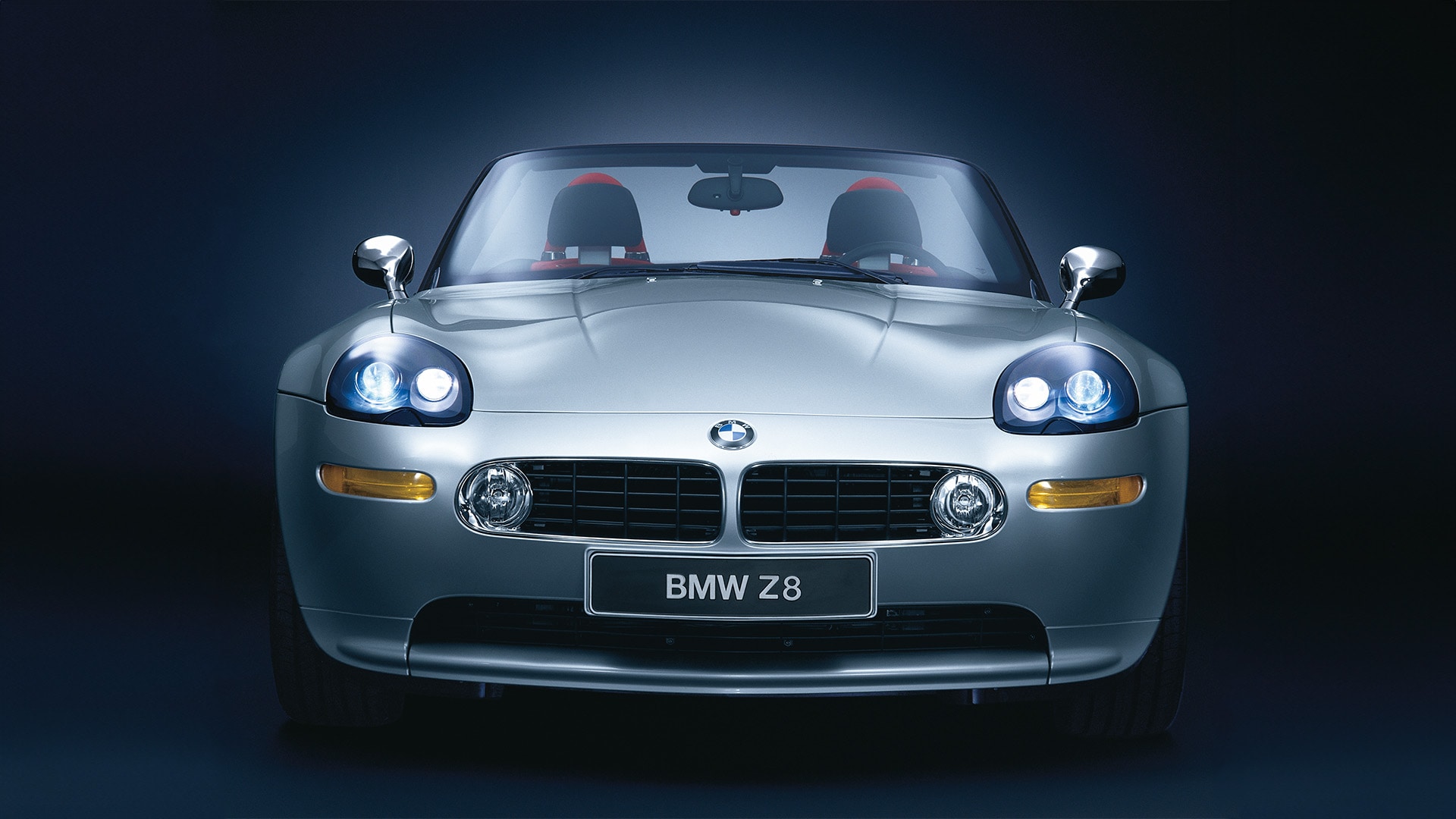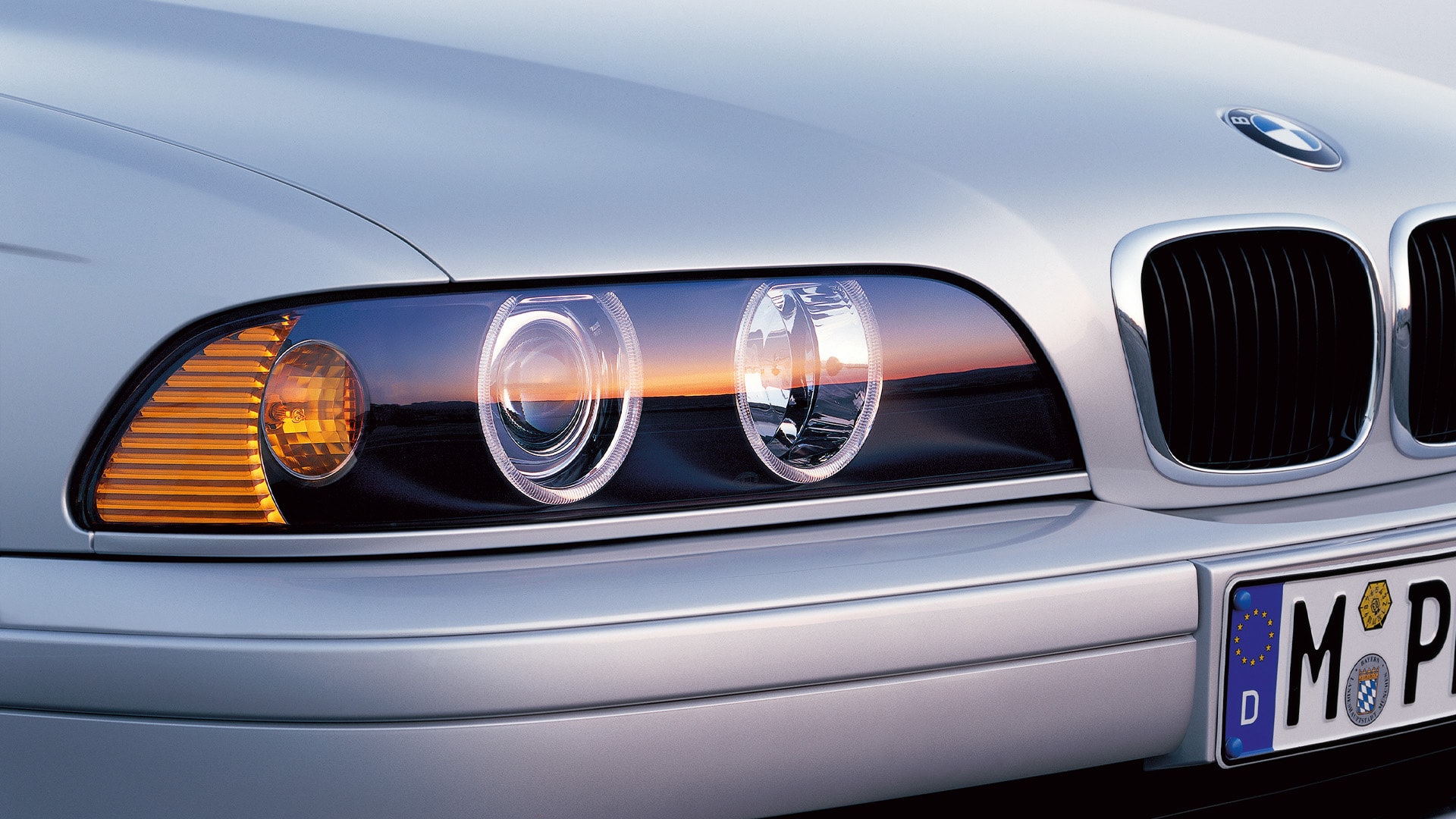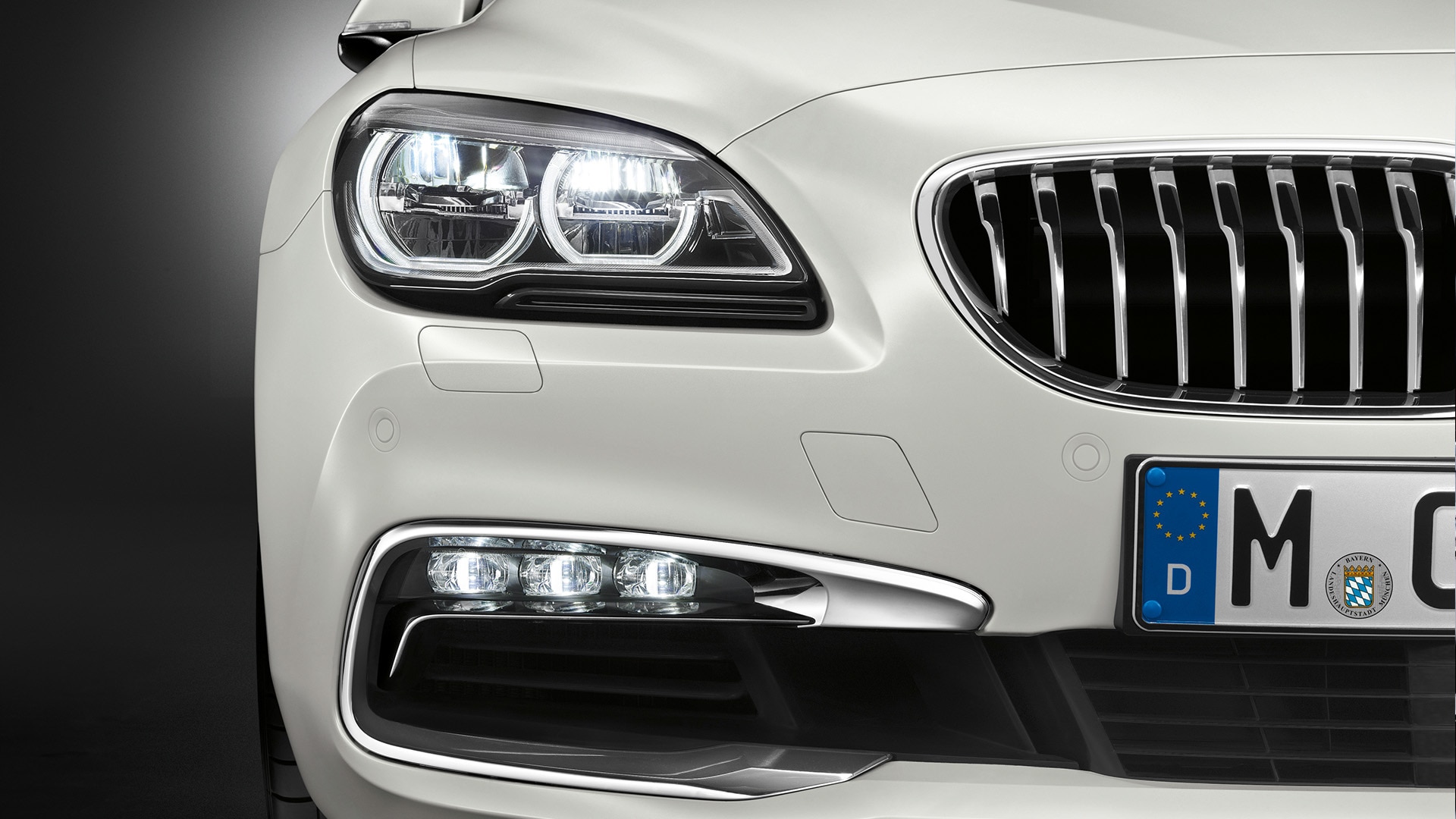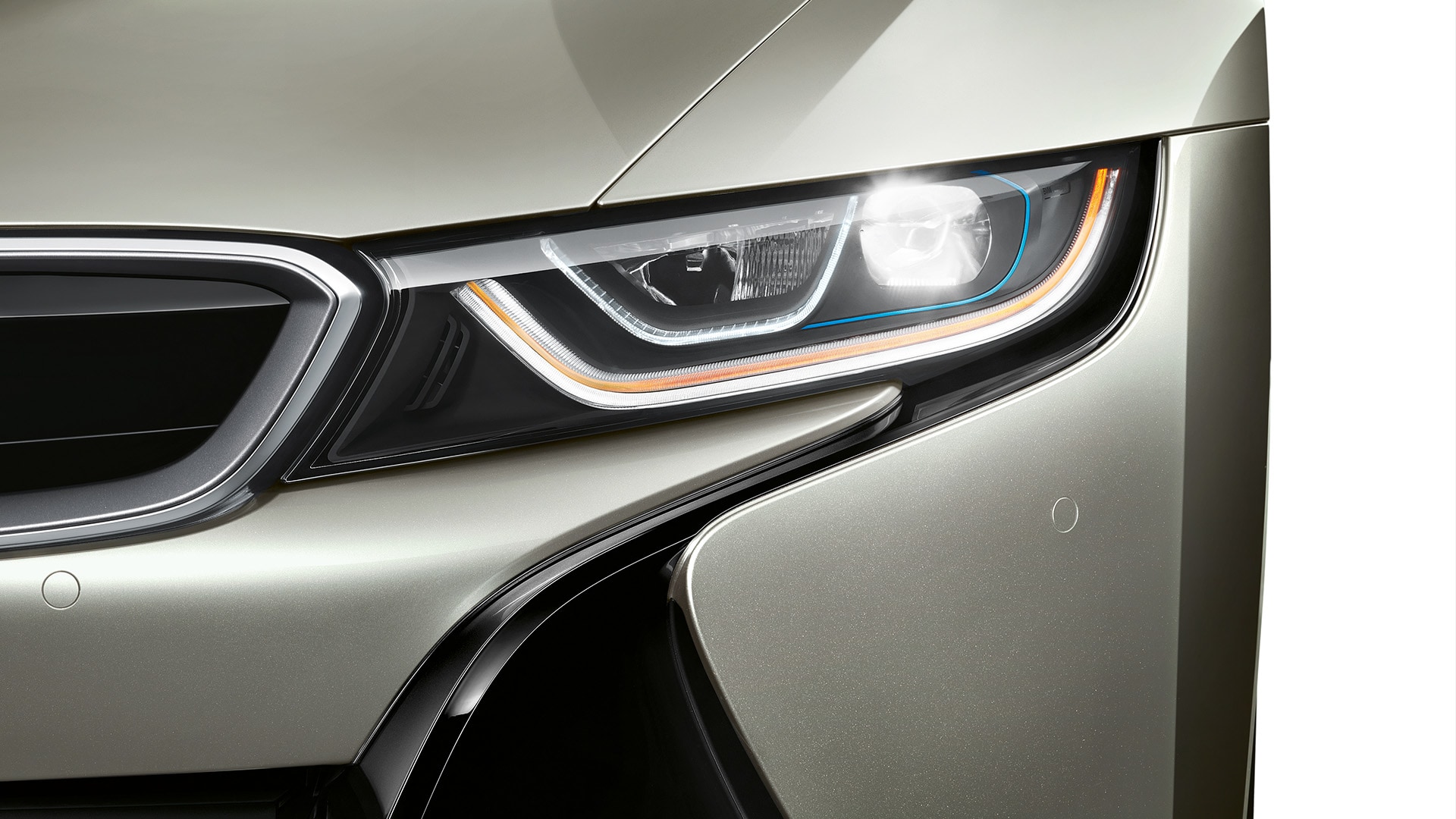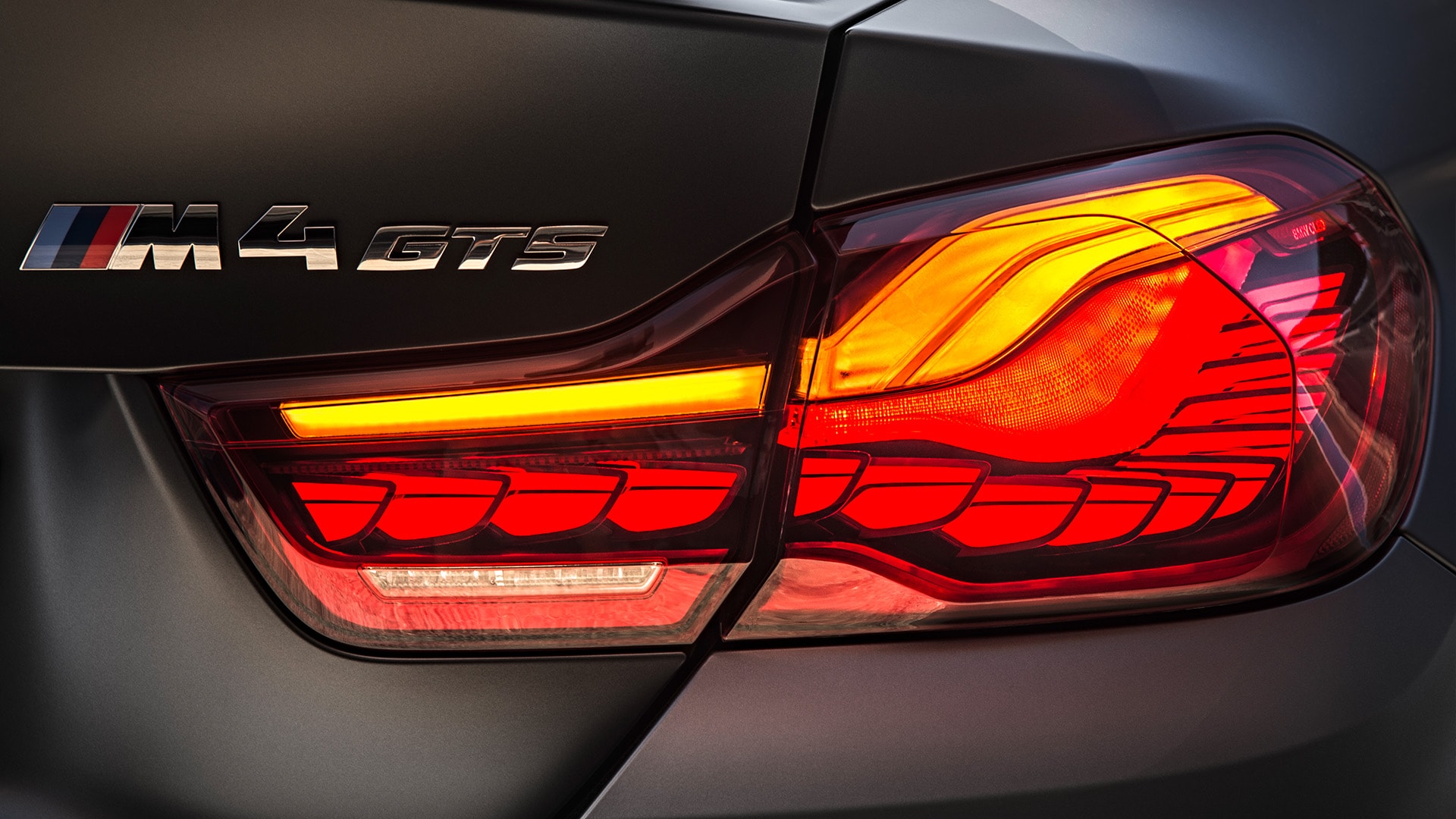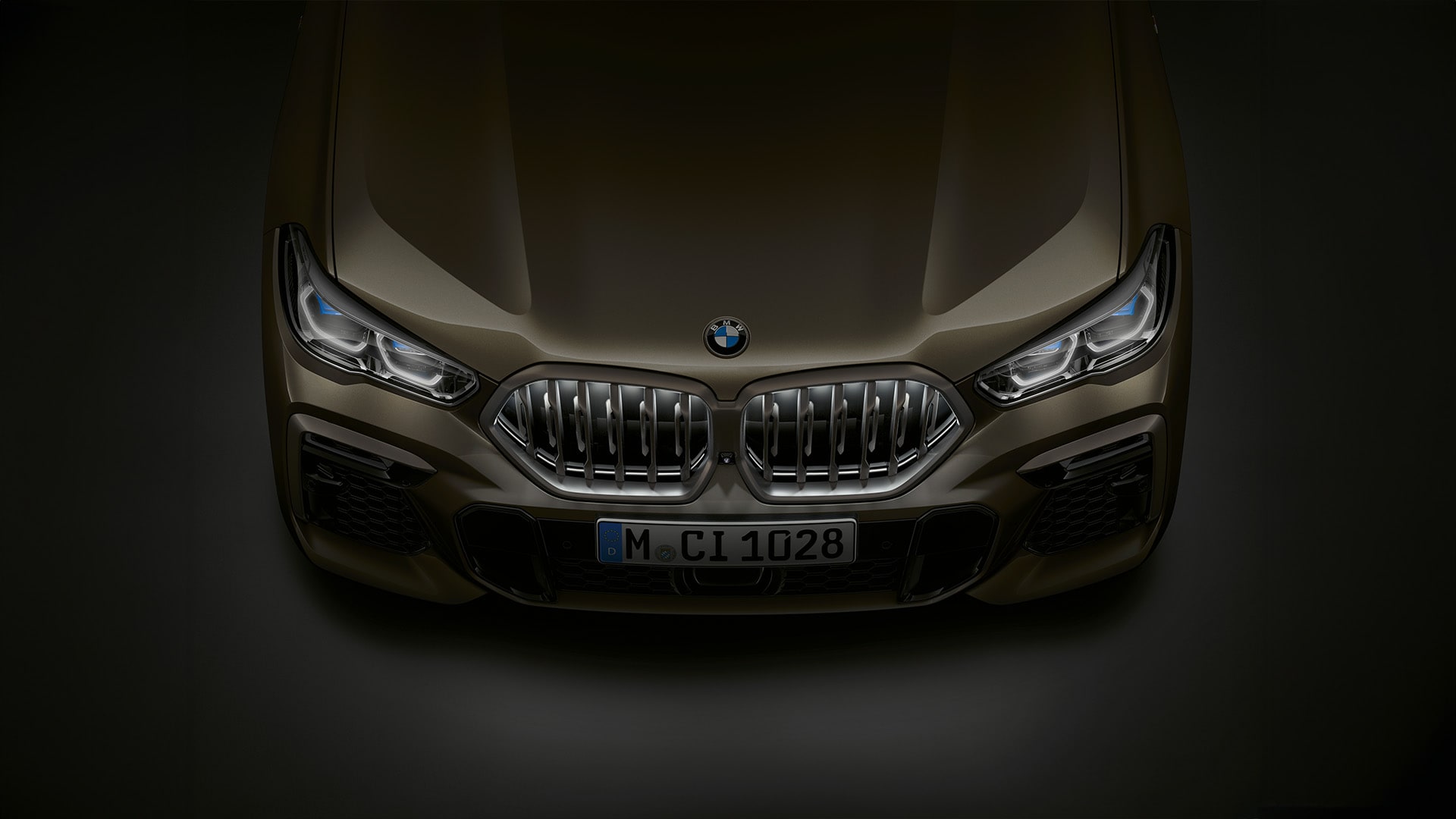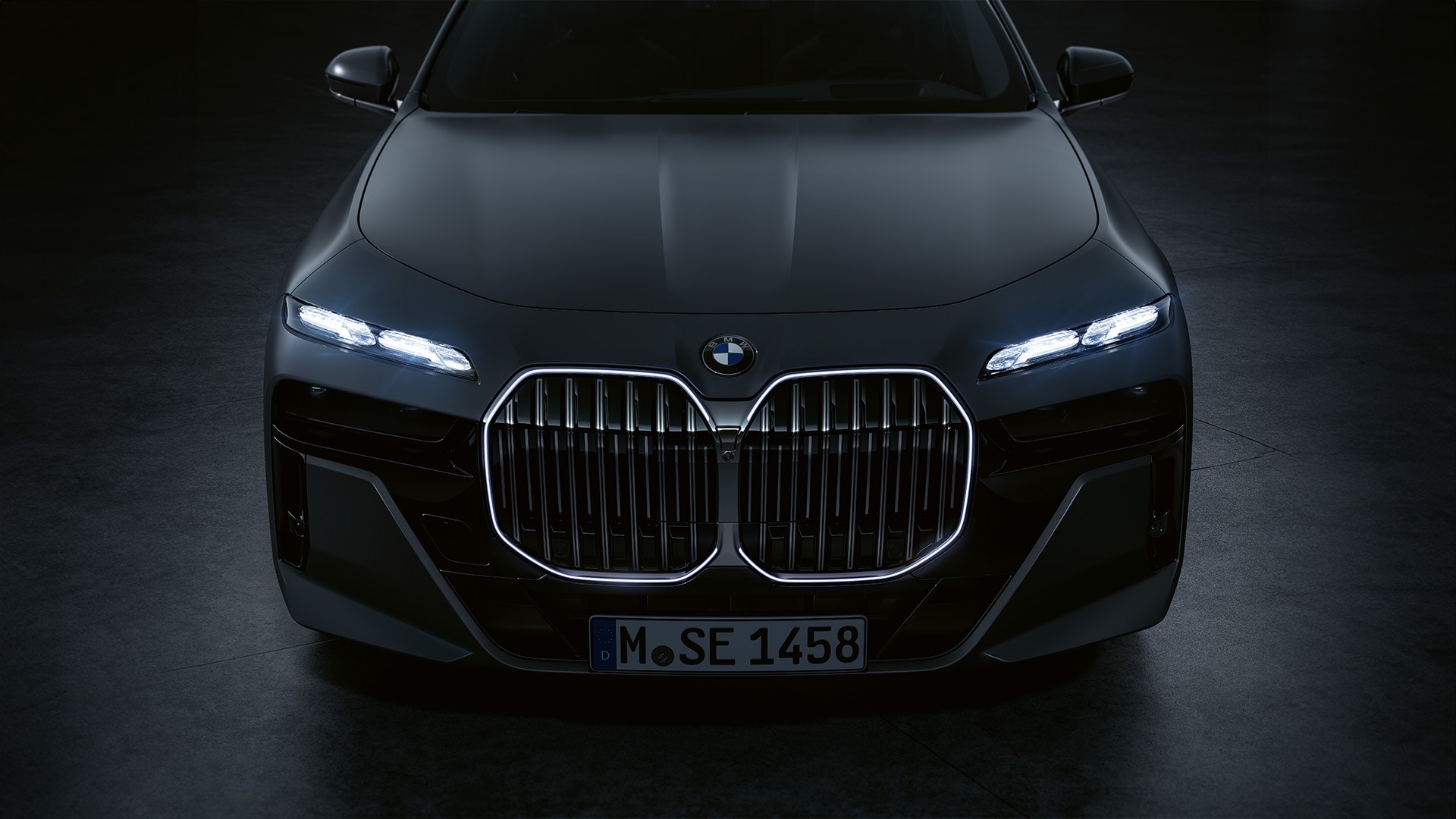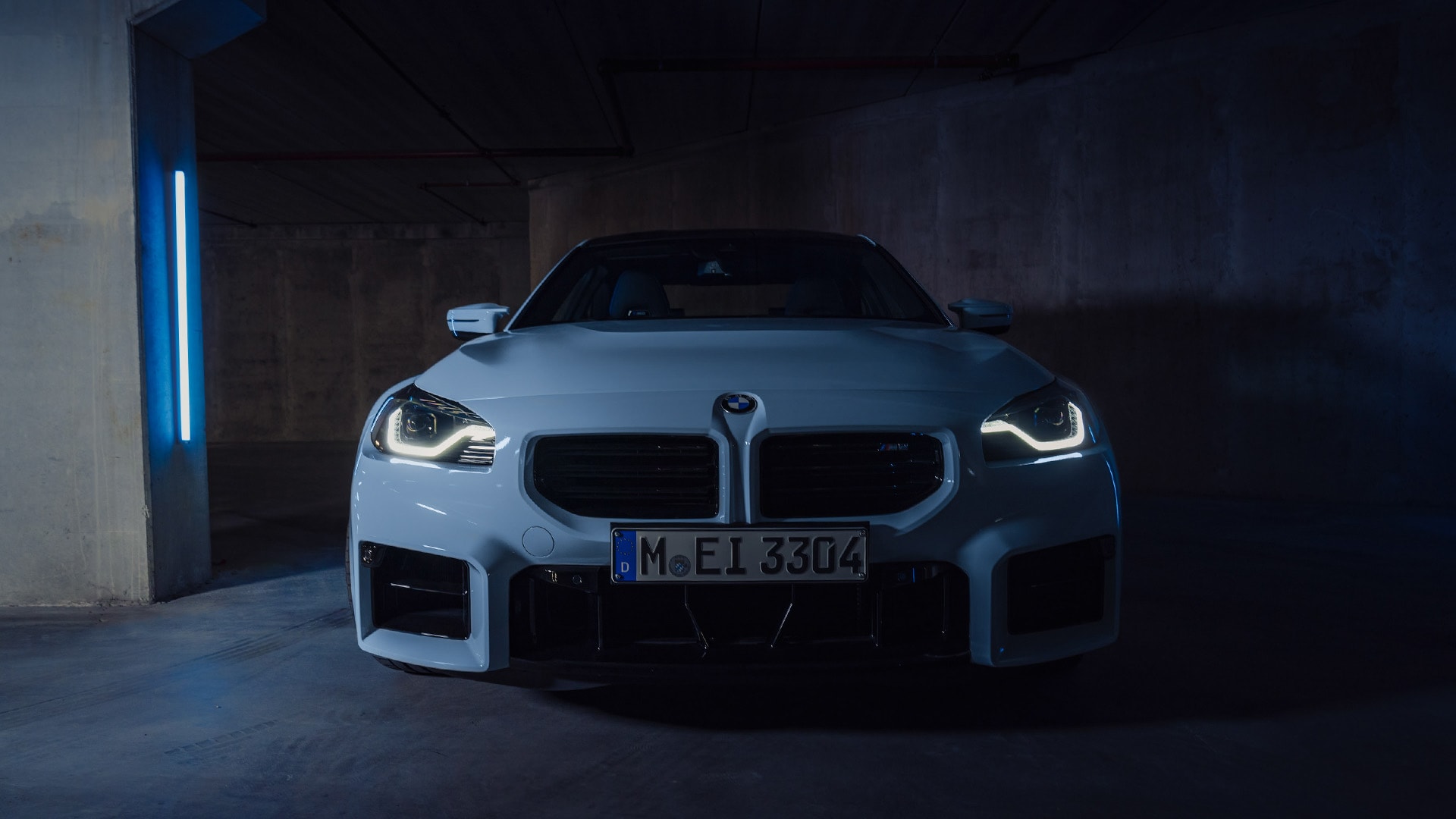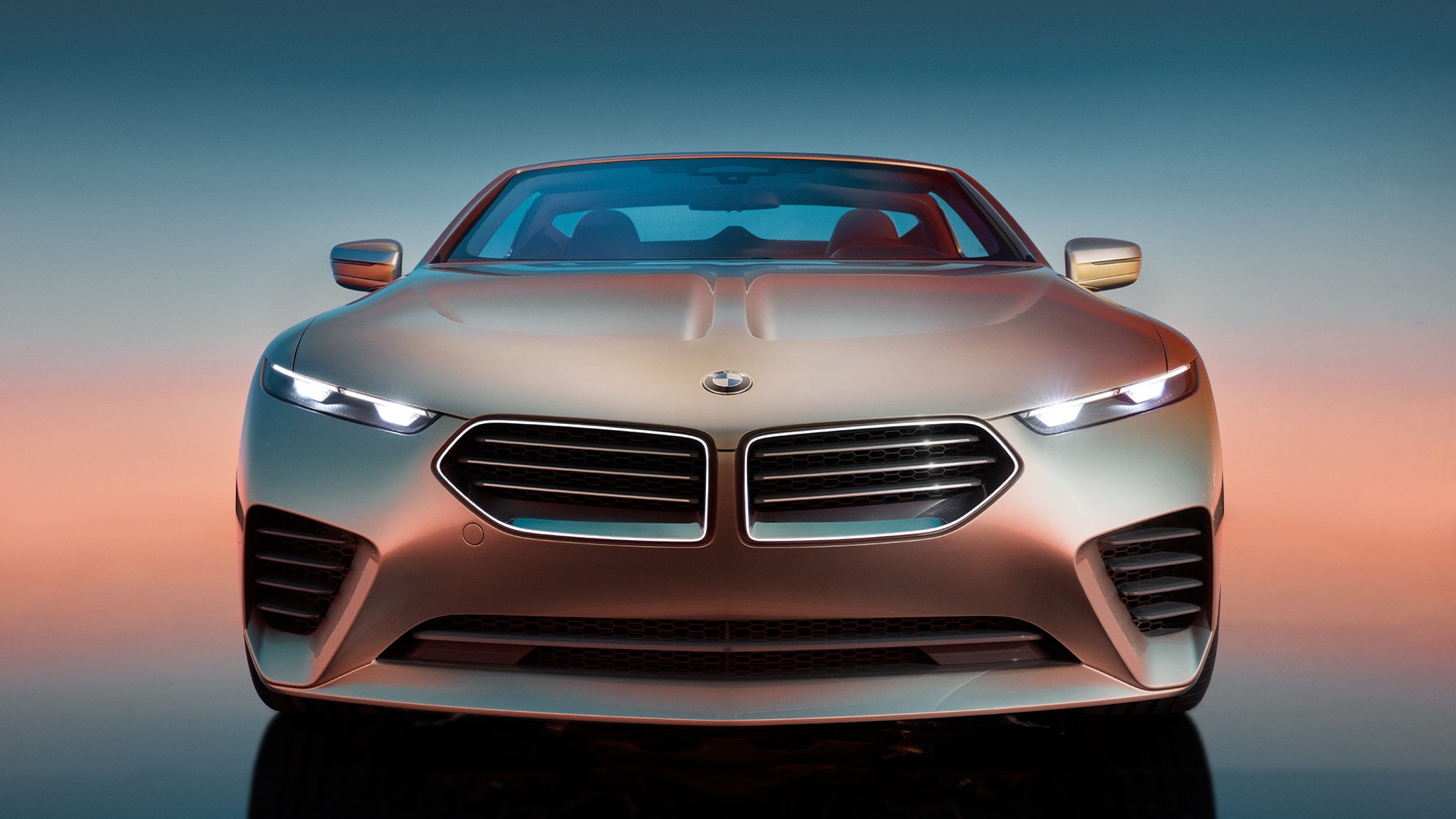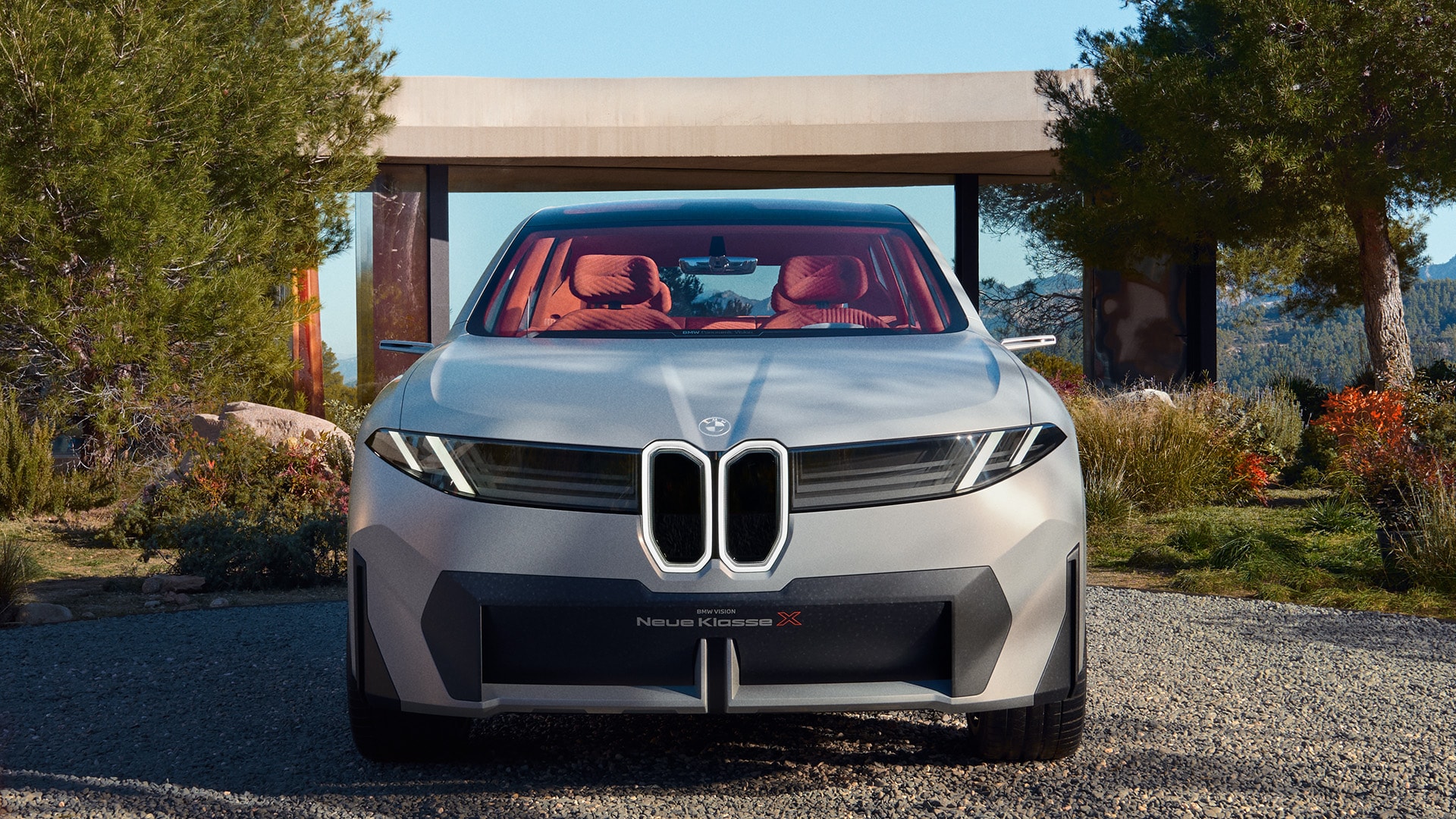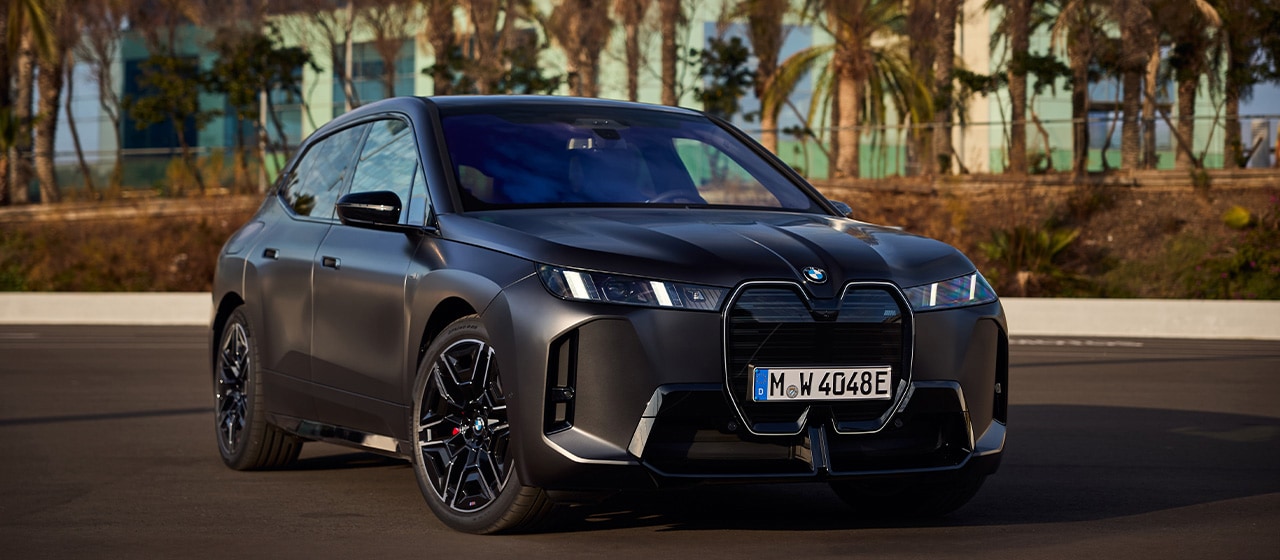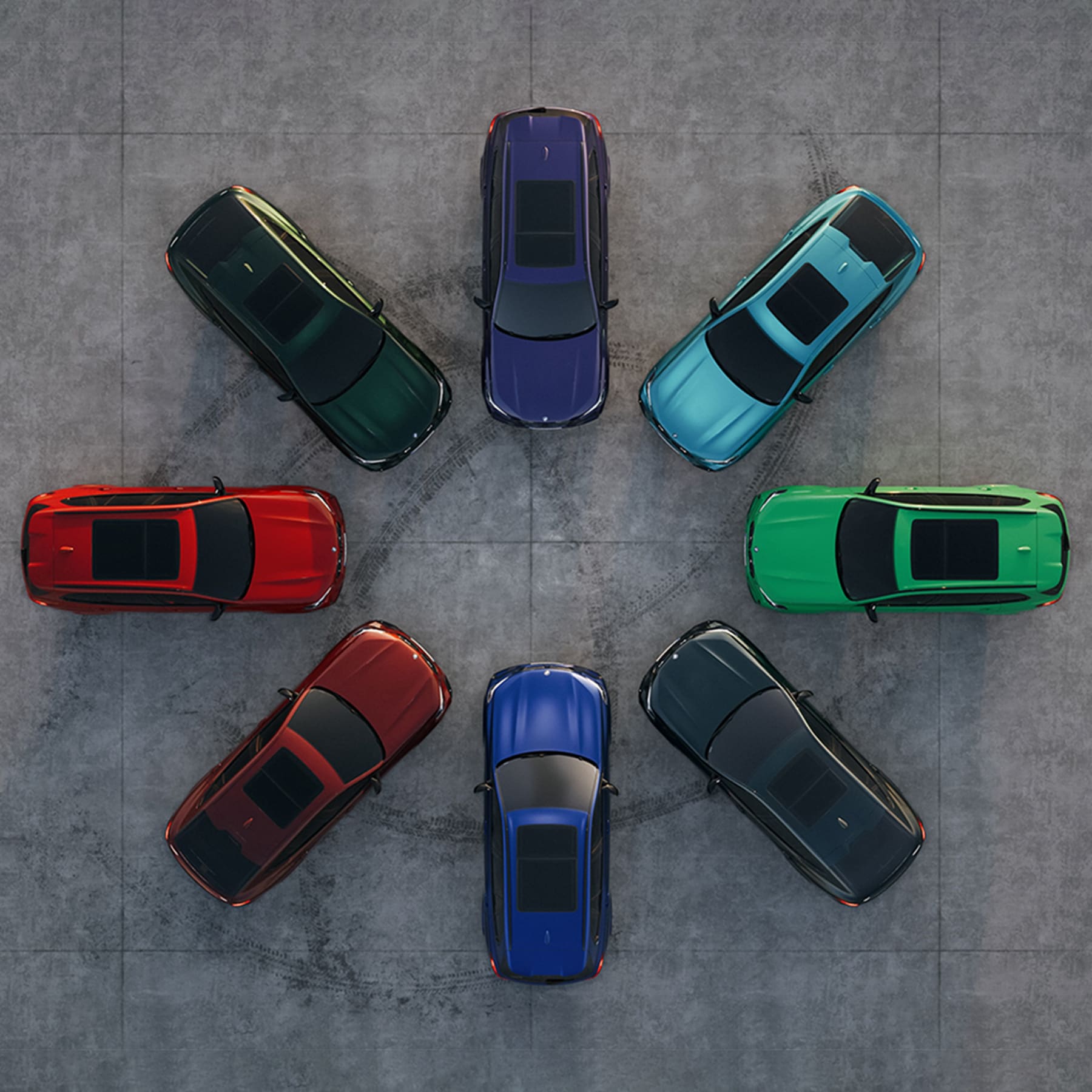How does this sound?
The BMW lighting design is a defining feature of the unmistakable aesthetics of every BMW, complemented by dynamic proportions, the beading line, the window graphics with Hofmeister kink, and the characteristic radiator grille (➜ Read also: Hallmark: 17 designs of the signature BMW kidney grille). The four-eyed face combined with the BMW kidney grille makes every BMW instantly recognisable – even without the brand emblem.
As early as 1968, BMW presented the 2800 CS with twin round headlamps for separate low and high beam. The characteristic twin headlamps, which are cut into the upper section, established an unmistakable feature of the BMW models with their striking and focussed view of the road: the four-eyed face.
For Paul Bracq, designer of the first BMW concept car, the legendary Turbo, the kidney grille, and twin headlamps are the signature of a BMW.


Space-saving LED and high-performance laser technology open up new possibilities for design and functionality. Precise 3D light tubes and 3D light glass emphasise the exclusive character of a BMW – particularly impressive in the headlamp design of the limited-edition BMW Skytop (➜ Read also: BMW Skytop: the magic of exclusive moments).
The LED units for the BMW Skytop are mounted on milled aluminium carriers and use the flattest technology available for automotive headlamps. Equally impressive are the intricate rear lights with precise mechanics, the technological sophistication of which is reminiscent of the complexity of a clockwork mechanism.





In Light Channel Next, all lighting components can be analysed and refined by simulating a wide range of scenarios on real vehicles. In addition to varying surface types, the ambient lighting is also realistically simulated for every time of day and night. With a length of 132 m and a width of around 22 m, Light Channel Next is the largest of its kind at BMW and offers a total area of almost 3,000 m².
The developers are focussing in particular on integrating highly adaptive headlamps, which guarantee optimum illumination of the road and surroundings and thus ensure greater safety and comfort when driving at night.
Whether xenon, laser, or LED – with pioneering lighting technology and emotional design, BMW has developed vehicle lighting far beyond its pure function. It emphasises the character of the vehicle and becomes an independent design element. Light also creates a unique atmosphere in and around the car – as a design element and unmistakable trademark.
Author: Markus Löblein, Tassilo Hager; Art: Verena Aichinger, Lucas Lemuth, Madita O’Sullivan; Photos: BMW; Video: BMW

